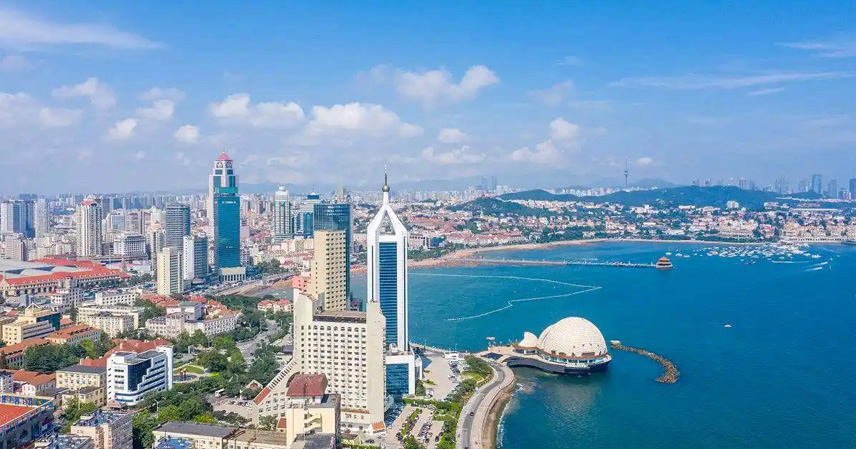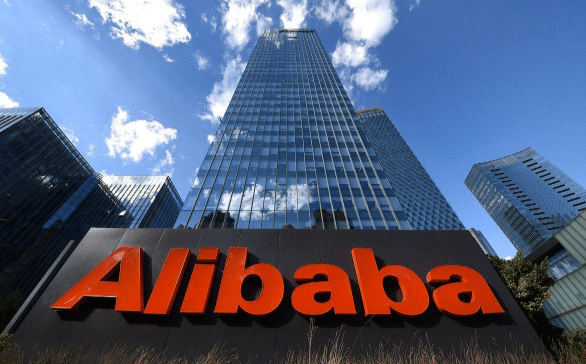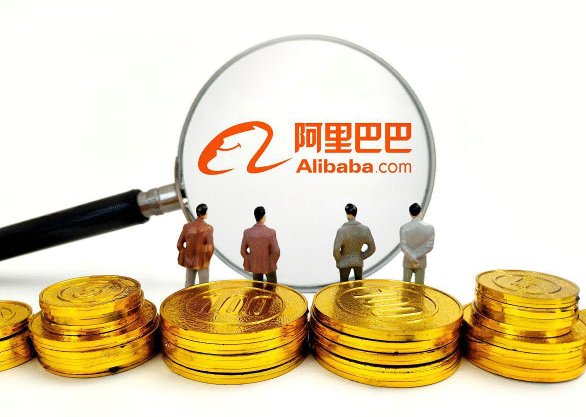A Civilization That Should Have Been Poorer
By all conventional logic, China should be poorer, weaker, and more underdeveloped than it is today. For most nations, moving from scarcity to prosperity takes centuries. Yet China accomplished in just a few decades what took others hundreds of years.
The secret lies in the fact that China’s development did not begin from zero. It was a modern transformation of an ancient civilization, like a deep-rooted tree that instantly revives once it receives sunlight and rain.
The Path of “Compressed Development”
Unlike the West’s gradual industrialization, China chose a unique path of “compressed development.” It achieved what economists call a “folding of time and space”—developing labor-intensive industries while simultaneously advancing in high technology; promoting urbanization while building a digital economy.
At the core of this model lie two principles:
- Leveraging latecomer advantages to learn rapidly from others.
- Maintaining independent innovation to avoid the trap of blind imitation.
Like a clever mountaineer, China both follows existing routes and creates new shortcuts of its own.
Learning as the Engine of Growth
If strategy is the map, then learning ability is China’s engine. From high-speed rail to mobile payments, China has demonstrated an unparalleled talent for localizing global experience. More importantly, it has learned from its own history and mistakes—transitioning from a planned economy to a market-driven one, forming a distinctive development model in the process.
This is not mere imitation but a spiral of “introduction–digestion–absorption–reinnovation.” Such adaptive learning has enabled China to evolve continuously, adjust swiftly, and surpass expectations.
The Power of Collective Aspiration
China’s modernization is not only a story of policies and industries—it is a story of people. The collective pursuit of better living by 1.4 billion citizens has created enormous internal momentum. This massive, unified market amplifies economies of scale and becomes the ideal ground for innovation.
Today, through initiatives like the Belt and Road and the dual circulation strategy, China continues to reshape the global development landscape.
Beyond the “China Miracle”
The world often calls it the “China Miracle.” But perhaps it is not a miracle—it is a demonstration of universal development logic under unique conditions.
China shows that an effective market and a proactive government can work in harmony. Through infrastructure investment and industrial policy guidance, China built the stable environment essential for long-term growth.
This proves that development models are not binary choices between state and market—but rather, dynamic combinations tailored to national conditions.
A Civilizational Approach to Modernization
China’s modernization represents a civilizational model of development. Its vast scale and ancient heritage create a self-contained developmental logic. The principle of “concentrating national efforts for major goals” offers unique advantages when facing large-scale challenges, serving as an inspiration for other developing nations.
Challenges Ahead
However, compressed development brings challenges:
- Economic transformation pressures
- Demographic shifts
- Environmental sustainability issues
These are the next frontiers China must navigate.
A Creative Civilization on the Run
The true value of China’s story is not in offering a one-size-fits-all model, but in proving the diversity of modernization paths. It is an ancient civilization running creatively in the modern race, drawing wisdom from tradition while embracing innovation.
To understand China’s development, we must abandon outdated assumptions. It is not an “exception of history,” but rather a creative eruption of civilization in the modern era—an ongoing journey that influences both China and the world’s search for better development.
After all, the essence of progress is not imitation, but ensuring each civilization finds its own way to bloom.
References
- National Bureau of Statistics of China, China Statistical Yearbook 2024
- World Bank, China 2030: Building a Modern, Harmonious, and Creative Society



